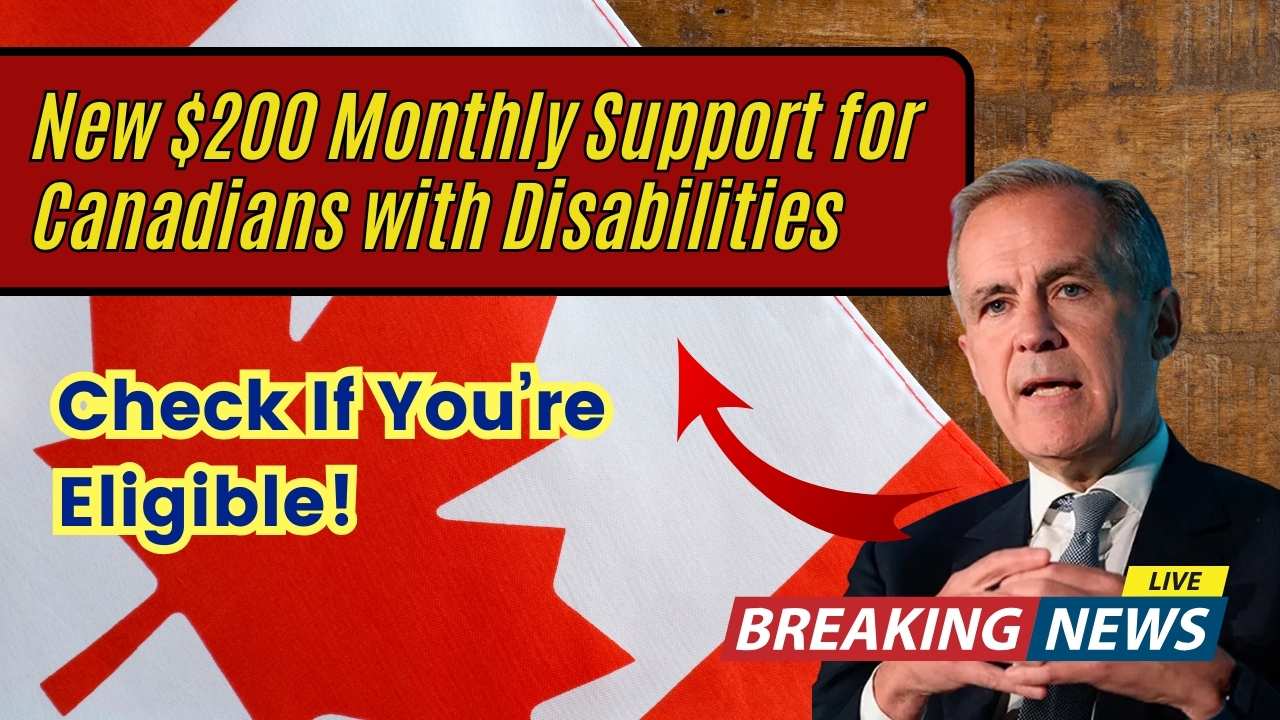$2.7 Billion Social Security Mistake – In a surprising turn of events, the Social Security Administration (SSA) has announced that it is working to recover nearly $2.7 billion in overpayments made to beneficiaries. Thousands of Americans are now being notified that they might owe money back to the government — some facing the loss of 100% of their monthly Social Security check. If you’re receiving Social Security benefits, it’s crucial to know how this affects you and what steps you can take to protect yourself.

The situation has created widespread confusion and concern, especially among retirees, low-income individuals, and people with disabilities. This article breaks down everything you need to know — from how overpayments happen, to how you can appeal, request waivers, or set up manageable repayment plans.
$2.7 Billion Social Security Mistake
| Topic | Details |
|---|---|
| Total Overpayment | $2.7 billion across ~280,000 beneficiaries |
| Collection Method | Full withholding of Social Security checks (100%) resumed in March 2025 |
| Response Deadline | 30 days after notice to act |
| Options Available | Appeal, Request a Waiver, Set Up a Repayment Plan |
| Official Resources | SSA Overpayment Information |
The $2.7 billion Social Security mistake is a wake-up call for all beneficiaries. Whether or not you have been overpaid, staying informed, keeping your information updated, and knowing your rights can make all the difference. If you get an overpayment notice, don’t ignore it — act quickly to protect your benefits and your financial future.
SSA may be resuming aggressive collections, but you have tools at your disposal: appeals, waivers, and repayment plans. Use them wisely, and don’t hesitate to seek expert help if needed.
What Exactly Happened with the $2.7 Billion Overpayment?
The Social Security Administration overpaid approximately 280,000 individuals, totaling about $2.7 billion. These payments were made over several years, often due to errors in income reporting, eligibility misunderstandings, or processing mistakes.
During the pandemic, many collection efforts were paused. However, in March 2025, SSA resumed aggressive recovery efforts, including participation in the Treasury Offset Program, which allows them to intercept tax refunds, wage garnishments, and other federal or state payments.
The biggest shock for many beneficiaries: SSA now withholds 100% of a monthly check until the overpayment is recovered — unless action is taken.
Who is Most Affected by This Overpayment Recovery?
Groups at higher risk:
- SSI recipients (low-income, elderly, or disabled individuals)
- SSDI beneficiaries (people with disabilities receiving insurance benefits)
- Retired workers whose income situation changed but wasn’t updated
Real Example: A 67-year-old retiree receiving both Social Security and a small part-time salary might have been overpaid if their income exceeded limits — without either party catching the error.
How the Treasury Offset Program Works
The Treasury Offset Program (TOP) is a powerful collection tool the SSA uses. Under TOP:
- SSA can seize tax refunds (federal and state).
- SSA can garnish wages if you return to work.
- SSA can seize other federal payments, like federal retirement benefits.
The worst-case scenario? 100% of your Social Security benefit may be withheld to repay the debt unless you act quickly.
Why Is SSA Taking This Action?
SSA officials argue that:
- Federal law requires recovery of overpayments.
- Recovering funds ensures the “long-term financial health” of Social Security.
- Steps are being taken to make the process more “compassionate and flexible,” especially for vulnerable beneficiaries.
However, critics argue that many overpayments result from SSA’s own errors, not from beneficiary wrongdoing.
What Advocacy Groups and Lawmakers Are Saying?
Advocacy groups like the National Organization of Social Security Claimants’ Representatives (NOSSCR) and some lawmakers are pushing for:
- More leniency in repayment demands.
- Clearer communications to beneficiaries.
- An independent review before enforcing full repayment.
Some lawmakers have introduced bills to reform how overpayments are handled, though none have yet passed.
Step-by-Step: What to Do if You Receive an Overpayment Notice?
1. Don’t Panic — Read the Notice Carefully
When you receive an overpayment notice, it will state:
- How much you owe.
- Why the overpayment happened.
- What actions you can take and deadlines.
Take the time to review it thoroughly. Mistakes do happen.
2. You Have Options — Act Within 30 Days
You generally have 30 days from the date of the letter to respond before SSA begins withholding your entire benefit. Your options:
- Appeal the decision if you believe it’s incorrect.
- Request a Waiver if the overpayment wasn’t your fault and repayment would cause financial hardship.
- Negotiate a Repayment Plan if you agree you owe but can’t afford the full amount at once.
3. How to Appeal an Overpayment
If you think SSA made a mistake:
- File Form SSA-561 (Request for Reconsideration).
- Provide supporting documents (e.g., income records, bank statements).
- You can also request a conference with an SSA official.
Deadline: Within 60 days, but filing within 30 days prevents immediate collection.
4. How to Request a Waiver
If the overpayment is not your fault and you cannot afford to repay:
- File Form SSA-632 (Request for Waiver of Overpayment Recovery).
- Prove financial hardship (e.g., medical bills, low income).
SSA does not have a strict income cutoff — each case is evaluated individually.
5. Setting Up a Repayment Plan
If you accept the overpayment but need smaller deductions:
- File Form SSA-634 (Request for Change in Overpayment Recovery Rate).
- Propose a lower monthly repayment you can afford.
SSA prefers repayment within 36 months, but you can negotiate longer terms if needed.
Tips for Communicating with SSA
- Call Early: SSA phone lines are busiest midday. Call right when they open (8 AM local time).
- Use Online Services: Manage your case via your “my Social Security” account when possible.
- Document Everything: Keep records of all conversations, dates, and names of SSA representatives you speak with.
Warning: Be Alert for Scams!
Scammers may pretend to be from SSA, especially during times of confusion.
- SSA will never threaten you or demand immediate payment by gift card, wire transfer, or cryptocurrency.
- Verify any suspicious contact by calling SSA directly at 1-800-772-1213.
Resources for Help
- SSA Official Help Line: 1-800-772-1213
- Find Legal Aid: Legal Services Corporation
- SSA Overpayment Guide: SSA Manage Benefits
FAQs About $2.7 Billion Social Security Mistake
Q1. How do I know if my Social Security was overpaid?
SSA will send an official letter explaining the amount, the reason, and your rights to appeal or repay. Always verify by contacting SSA directly through their helpline or online account.
Q2. Can SSA take my entire Social Security check for repayment?
Yes, as of March 27, 2025, SSA resumed taking up to 100% of a monthly check unless you file for appeal, waiver, or set up a payment plan.
Q3. What happens if I ignore the notice?
Ignoring the notice could result in full benefit withholding and other aggressive collection actions like seizing tax refunds or garnishing wages.
Q4. How long do I have to appeal or request a waiver?
You typically have 60 days to appeal or request a waiver, but it’s best to act within 30 days to prevent automatic deductions.
Q5. How can I avoid scams related to Social Security overpayment notices?
SSA will never ask for immediate payment by unusual methods. Always verify by calling 1-800-772-1213 or logging into your “my Social Security” account.








